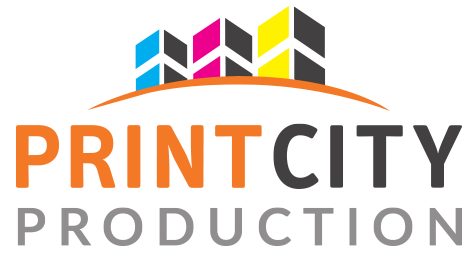Advertising is the art of creating awareness or promoting a business’ products, services or ideas while focusing on the customers’ interests. Although advertising focuses mainly on awareness creation, it also eventuates in a product or service sale. Advertising involves a business communicating to the mass audience using persuasive messages to increase sales of products and services.
Traditional advertising includes many forms of mass communication that conveys messages to mass audiences. Mass media involves delivering commercial messages through outdoor billboards, print media such as posters, banners, and flyers. Newer methods of advertising include providing promotional messages through the use of web-based platforms, such as blogs, social media, web pages and online advertisements.
Traditional advertising has often been regarded as dead; this is attributed to the digital revolution which brought about new ways of communicating to intended audiences and more accurately achieve the intended goals. Even though traditional advertising is seen as being outfaced, many can argue that it can’t be faced out entirely.
Traditional advertising has somewhat managed to be viable since it has the edge over digital advertising. Traditional advertisement involves familiar venues for media placement such as newspapers, banners, posters or flyers. Traditional advertising is ordinarily easy to place and well renowned. It is also typically very assessable regarding viewership; who sees the business’ advertisement and is often less regulated. Online communicated ads, however, must meet the standards and rules of the media platform in which it’s placed.
It is also affordable for individuals with a limited budget and effective in reaching out to those who cannot be reached through the digital media platform such as the internet. Banners and posters present the message via visual displays and make the word easily notable because of the unique way it may be designed. These ads are usually very inclusive and as such found to be very useful to the target audience.
Digital revolution has brought about dependency, such that digital advertising entails many features such as network availability, a constant supply of electric power, computer literacy, etc. On the other hand, this is not the case with traditional advertising. Considering an outdoor billboard which mainly exists on highways to entice travellers, these advertisements are usually short, precise and can be readily understood by the mass audience.
Traditional advertising has a more personal approach to the target audience, such that the audience feels included if they receive a flyer or gets a poster compared to stumbling upon online advertisements, which face a lot of criticism due to rise in cybercrime and frauds. Although a digital ad can still be focused to target a specific group, it can’t make-up for the tailored experience attained by some traditional publications.
Finally, contrary to traditional advertising, most digital advertising has brought about more tools and data, they have also led to the media landscape is more fragmented. Through this, trying to reach the correct audience feels like a complicated exercise.
In conclusion, consumers nowadays have a vast back-catalogue of advertisements to draw on. They are confronted with ads and promotional messages from every side, and as a result, they have become intelligent in inducing emotional resonance from the marketer’s schemes. Nowadays consumers want original content, spontaneously shared and peer- selected, something that is expressed to them individually and on a realistic level, even if it is amusing.
